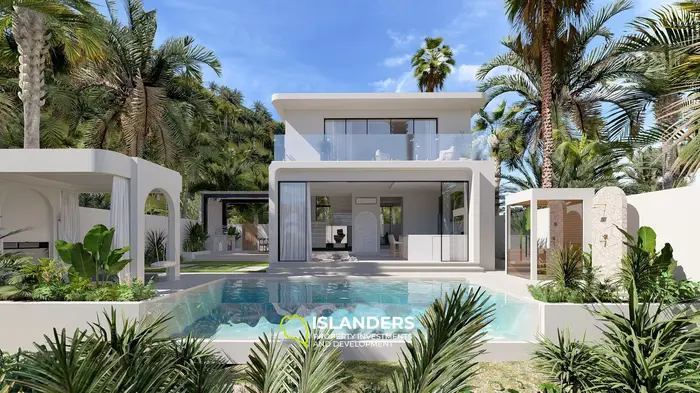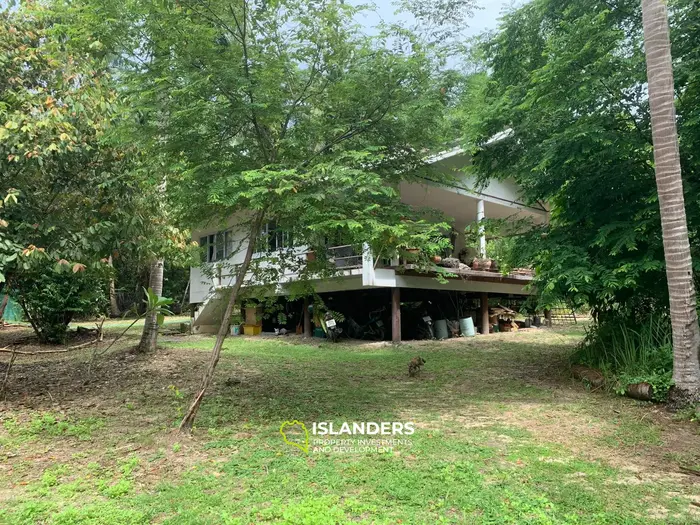1. Introduction

A home is more than just walls and a roof—it influences our well-being. Some homes recharge us, inspire confidence, and boost productivity, while others drain energy and create fatigue.
How can you create a home that serves as a source of strength and balance? This guide explores the key principles of designing a "place of power"—a home where you feel energized and inspired.
2. Key Principles of an Energy-Boosting Home

1. Site Selection and House Orientation
Choosing the right location and orientation enhances a home's energy:
- Scenic views—panoramic nature views (sea, mountains, forest) boost energy.
- Bedrooms facing sunrise, active zones facing sunset.
- Land with rocks, water bodies, or ancient trees enhances energy.
2. Biophilic Design: Unity with Nature
- Large panoramic windows connect indoors with nature.
- Live trees indoors or vertical gardens enhance vitality.
- Natural materials like wood, stone, and clay create balance.
3. Light as the Primary Energy Source
- Maximize daylight with skylights and large windows.
- Use warm artificial light (2700K-3000K) for a cozy atmosphere.
- Dynamic lighting scenarios for different moods and activities.
3. Architectural & Spatial Planning

1. High Ceilings and Open Spaces
- High ceilings (3.2m and above) enhance spaciousness.
- Minimal partitions allow for energy flow.
- Double-height ceilings improve spatial depth.
2. Symbolic & Sacred Elements
- Art objects, geometric patterns, and mandalas.
- Reflective surfaces amplify light and space.
3. Intuitive Flow & Movement
- Logical movement from entrance to key areas.
- No dead ends or cluttered pathways.
4. Materials & Color Palette

1. Natural Materials
- Stone & concrete provide stability.
- Wood offers warmth and harmony.
- Clay and textured plaster create authenticity.
2. Color Psychology
- White tones create purity and energy.
- Green and earth tones promote relaxation.
- Dark accents add structure and security.
5. Functional Elements for an Energy-Boosting Home
- Smart home automation for intuitive control.
- Natural ventilation and clean air systems.
- Thermal comfort with heated floors.
Frequently Asked Questions
What is a biophilic home?
A biophilic home integrates nature into its design, using natural materials, plants, and open spaces to enhance well-being.
How does lighting affect home energy?
Proper lighting, especially natural and warm LED lights, can boost mood, improve sleep, and create a sense of harmony.
What materials make a home feel more energetic?
Natural materials like wood, stone, and clay provide warmth and stability, enhancing the home's overall energy.
Conclusion
Creating an energy-boosting home is about balancing architecture, nature, light, and materials.
- Open and bright spaces with nature views.
- Harmonious layouts with intuitive movement.
- Biophilic design for a natural, inspiring atmosphere.
A well-designed home is not just a space—it’s a source of strength, inspiration, and life energy.






